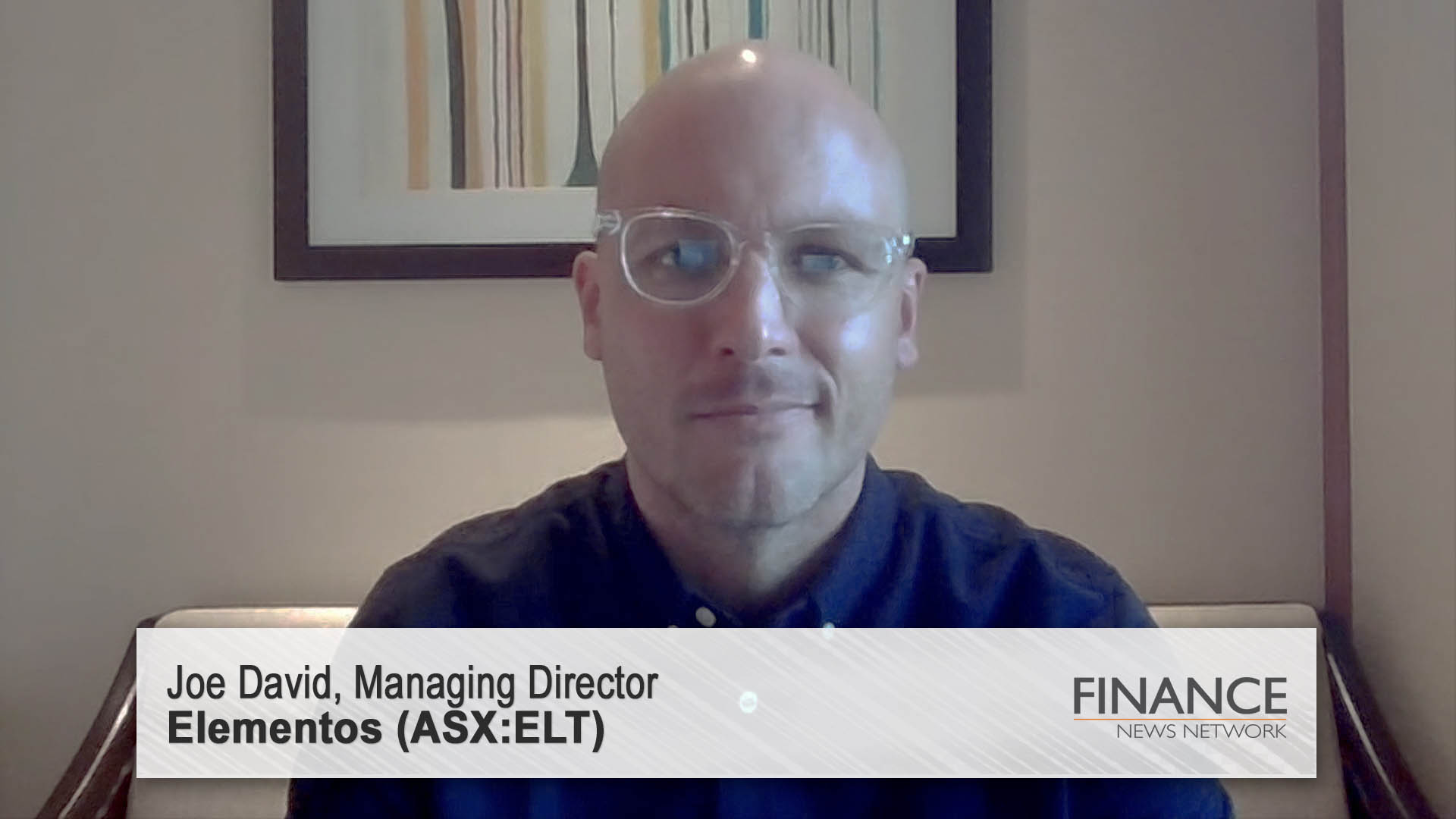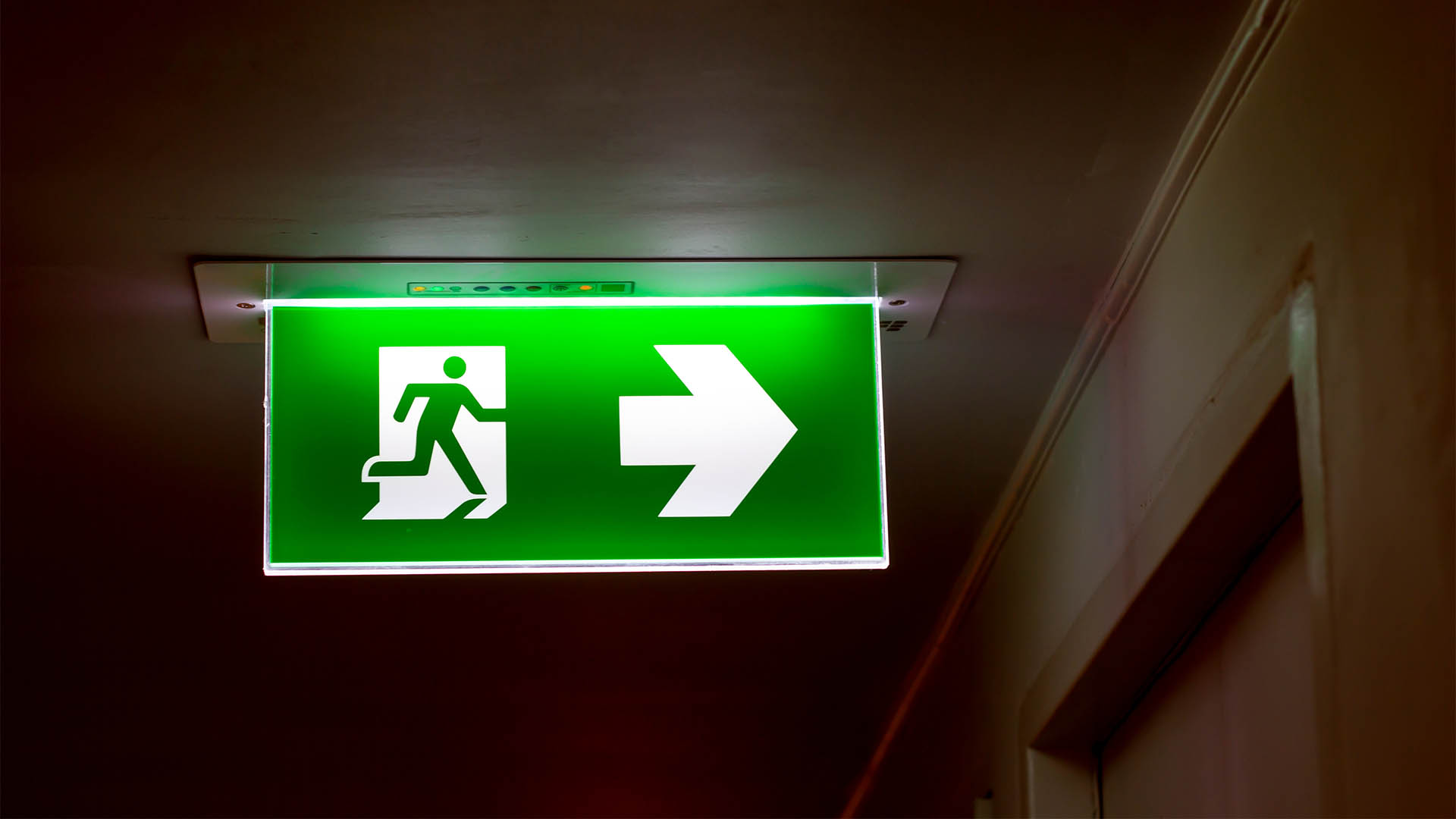Today we get the Labour force figures for January and these could tell us a lot about the chances for a rate rise next month, or a bit later in the year.
The market expects the unemployment rate to rise from the surprise 5.5% of December to 5.6%, with a small rise in the number of new jobs.
But there’s been a series of better than forecast jobs reports since last September, so a surprise either way wouldn’t, well, surprise.
With the RBA starting to get worried about the chances of labour shortages and rising wages and costs, a rise in the number of jobs might be considered to be bearish for rates.

But yesterday we had two sets of figures which would have brought a smile to the faces at the Reserve Bank.
The figures show there’s been a direct impact on sentiment and home lending from the RBA’s three rate rises and talk of more to come, helped by the winding back of a key stimulus initiative.
The Australian Bureau of Statistics said that in seasonally adjusted terms, the total value of dwelling finance commitments excluding alterations and additions fell 2.8% in December, with a 5.7% fall in the number of loans to purchase existing homes and a sharp 6.4% fall in the number of loans to build new homes.
But there was a 3% rise in the number of new loans to buy new dwellings, a sign that there’s still life in the first home buyers surge.
Overall the number of home loans dropped for a third consecutive month in December, down by 5.5% in December, following a downwardly revised 6.1%.
For that we can thank the RBA’s three interest rate rises up to December, as well as the winding back of the first home buyers’ scheme.
Interestingly there was a rise in financing for investors.
The ABS said there was a 1.9% rise in the seasonally adjusted number of investment housing commitments in December.
That was after a 4.7% fall in the seasonally adjusted value of owner-occupied commitments.
Meanwhile the dip in consumer confidence in the latest Westpac/Melbourne Institute monthly survey for February still leaves it solidly positive.
The Westpac/Melbourne Institute index of consumer sentiment fell 2.6 to 117.0 points in February, from 120.1 in January.
Westpac chief economist Bill Evans said in a statement the fall was a "little surprising" after the central bank’s decision to hold rates in February, just before the survey was taken at the end of last week.
Mr Evans said the index "is still 2.9 per cent above the December 2009 reading; 3.2 per cent above the reading of six months ago and 15.2 per cent above its long term average".
Mr Evans said households do not expect interest rates to have peaked.
"A special question in the February survey on consumers expectations for mortgage interest rates supports this view," he said in the statement.
"An overwhelming 93 per cent of consumers expect rates to rise over the next 12 months with over 60 per cent expecting an increase of more than one per cent.
"This is consistent with the reasonable commentary on the RBA’s rate decision, which emphasised that rates were still likely to rise further over the course of the year."
And that in turn will help reduce expectations about future inflation, which is one of the things the RBA is also seeking to do at the moment.
We will see more of that next week with the first public appearance of the year by Governor Glenn Stevens.













